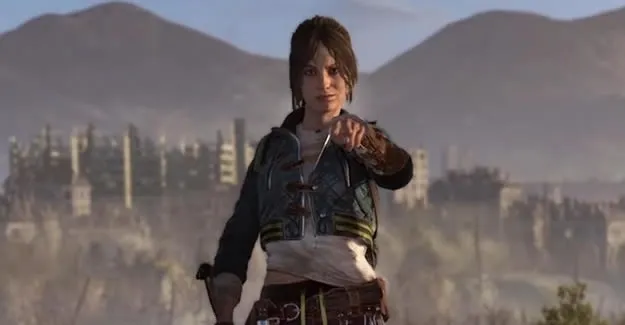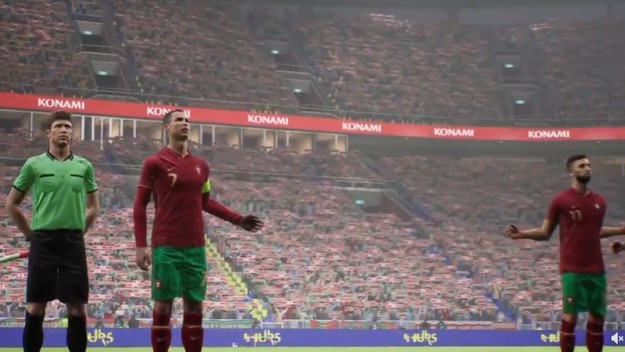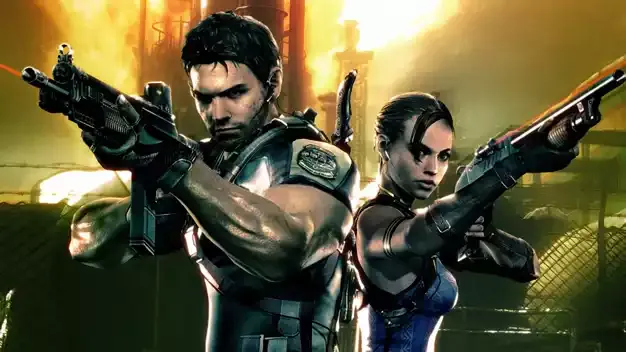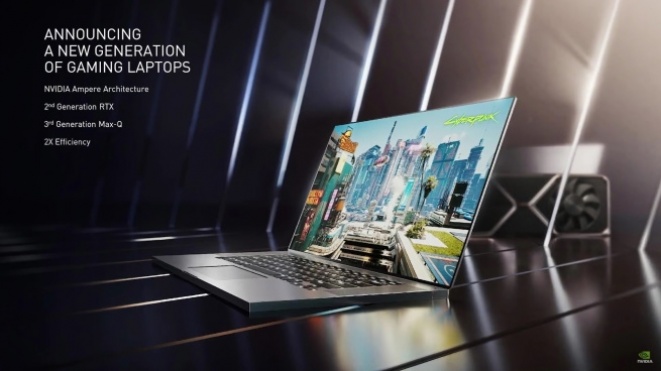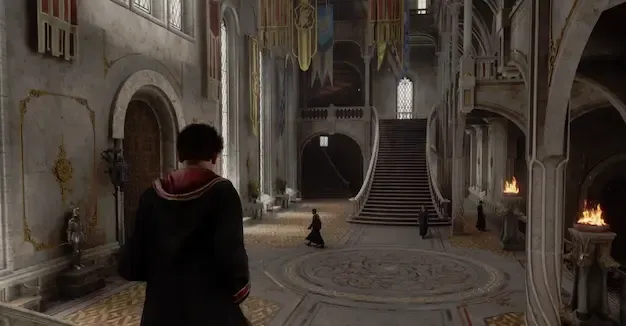Crysis - On this day
To this day, fourteen years ago, in the world of PC gaming, the only relevant question was whether your computer could run Crysis. The graphic bomb of the creators of the Far Cry series was a shooter in which we, in the role of soldiers of the future, solved the crisis on a fictional archipelago near the Philippines.
There, almost in the manner of Predators, extraterrestrial beings joined the conflict between American and North Korean forces. It all culminated in one memorable campaign - if you could run it without cooling your computer with air conditioning.
Crysis was one of the first games to use DirectX 10 on the then Windows Vista system. It required a minimum processor with a clock speed of 2.8 GHz, 1 GB of RAM, and a graphics card with 256 MB of video memory. Compared to today's games - chamomile. However, it is worth mentioning that a good part of today's games, based on DX11, have not yet reached the level of complex graphics that Crysis had in 2007, primarily according to the model of destruction and physics.
Crysis was largely an evolution of Far Cry. He had the same open level, but he gave players more ways to play with enemies. The so-called Nanosuit made it possible for the main character to become invisible, to gain additional speed in movement and height in jumping, and fists could also be filled, and the Koreans sent into the air with a mere blow.
During the campaign, the player could sit in several vehicles, including tanks. Even VTOL aircraft were flown in one level. A good part of the items in the game could be taken and thrown, so watermelons were used as weapons. The enemies themselves were not very intelligent, and that was Crysis's biggest flaw.
The game was one of the last high-budget PC exclusives for the reason that the sale was not fabulous. While other games sold millions of copies, Crysis barely reached a third of a million in 2007. It didn't help that the game was the most popular title in pirate waters. Crysis has sold more than three million copies in just a few years, and the 2008 expansion of Crysis Warhead has helped.
However, the future of the series was turned towards consoles. Four years later Crysis was ported on the PlayStation 3 and Xbox 360, while Crysis 2 was largely designed around the limitations of the then consoles. We last saw Crysis in 2013, and the third part seems to have concluded the series until further notice.
A remaster for PC, PS4, XBO, and Switch was launched last year that included only the main campaign without Warhead and multiplayer. Although in some respects this remaster improved the graphics, at the same time it was sloppily optimized (for the sake of tradition?) And left out the level at which the VTOL aircraft was flown. This was later fixed, and as of this year, the second and third parts of the series have received remaster treatment.



